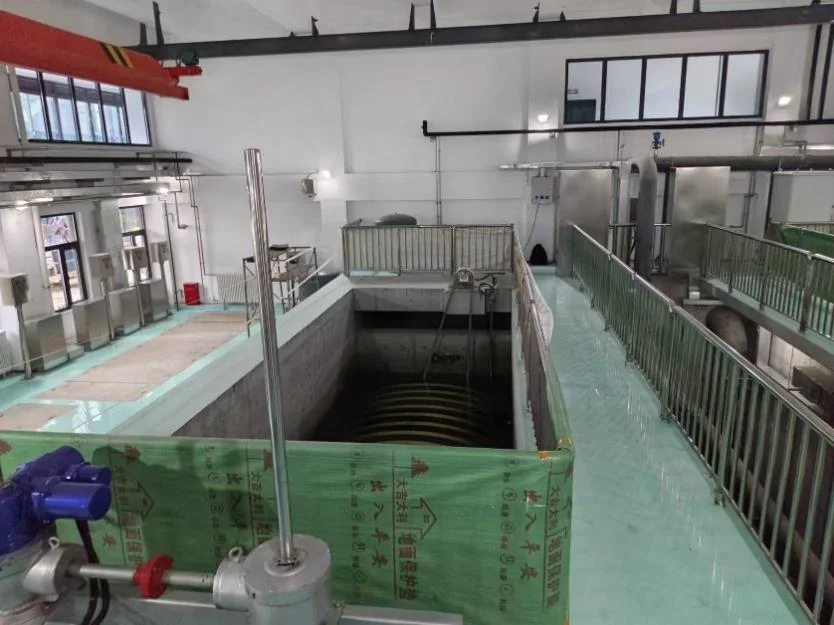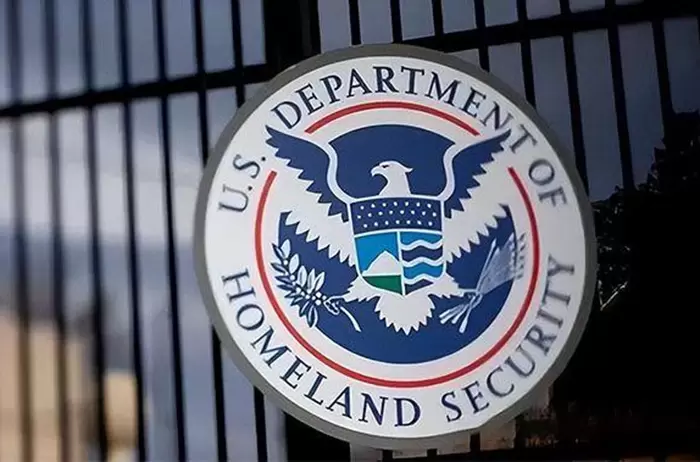The transportation of flammable liquid dangerous goods is a critical aspect of the oil and gas industry in Central Asia. The region is home to some of the world's largest oil and gas reserves, and the transportation of these resources is essential for the economic growth of the region. However, the transportation of dangerous goods is a complex process that requires careful planning, preparation, and execution. In this blog post, BENMA LOGISTICS will discuss the best practices for transporting flammable liquid dangerous goods in Central Asia.
Understanding the Regulations
The transportation of flammable liquid dangerous goods is regulated by various international and national regulations. In Central Asia, the transportation of dangerous goods is governed by the United Nations Recommendations on the Transport of Dangerous Goods (UNRTDG), the International Maritime Dangerous Goods (IMDG) Code, and the International Civil Aviation Organization (ICAO) Technical Instructions for the Safe Transport of Dangerous Goods by Air.
Before transporting any flammable liquid dangerous goods, it is essential to understand the regulations that apply to the specific mode of transportation. The regulations provide guidelines on the packaging, labeling, and documentation requirements for transporting dangerous goods. Failure to comply with the regulations can result in fines, penalties, and even criminal charges.
Packaging and Labeling
The packaging and labeling of flammable liquid dangerous goods are critical to ensure the safe transportation of these materials. The packaging must be designed to withstand the rigors of transportation and prevent leakage or spillage. The packaging must also be compatible with the specific type of dangerous goods being transported.
The labeling of dangerous goods is also essential to ensure that the materials are handled and transported safely. The labels must be visible and legible, and they must include the UN number, proper shipping name, hazard class, and packing group. The labels must also be in the language of the country of origin and the destination country.

Documentation
Documentation is an essential aspect of transporting flammable liquid dangerous goods. The documentation must include the proper shipping name, UN number, hazard class, packing group, and the quantity of the dangerous goods being transported. The documentation must also include the name and address of the consignor and consignee, the mode of transportation, and the emergency contact information.
The documentation must be accurate and complete, and it must be available to the transport operator and the relevant authorities at all times. Failure to provide accurate documentation can result in delays, fines, and penalties.
Training and Certification
The transportation of flammable liquid dangerous goods requires specialized training and certification. The transport operators must be trained on the proper handling, loading, and unloading of dangerous goods. They must also be trained on emergency response procedures in case of an accident or spillage.
The transport operators must also be certified by the relevant authorities to transport dangerous goods. The certification process includes a review of the operator's training, experience, and safety record. The certification process ensures that the transport operators are qualified and competent to transport dangerous goods safely.
Emergency Response
Emergency response is a critical aspect of transporting flammable liquid dangerous goods. The transport operators must have a comprehensive emergency response plan in place in case of an accident or spillage. The emergency response plan must include procedures for containing and cleaning up the spillage, notifying the relevant authorities, and providing medical assistance to any injured parties.
The transport operators must also have the necessary equipment and resources to respond to emergencies. This includes spill kits, personal protective equipment, and communication devices. The transport operators must also have a trained and competent emergency response team that can respond quickly and effectively to any emergency situation.
Conclusion
The transportation of flammable liquid dangerous goods is a complex process that requires careful planning, preparation, and execution. The regulations governing the transportation of dangerous goods provide guidelines on the packaging, labeling, and documentation requirements for transporting dangerous goods. The transport operators must be trained and certified to transport dangerous goods safely, and they must have a comprehensive emergency response plan in place in case of an accident or spillage.
In Central Asia, the transportation of flammable liquid dangerous goods is essential for the economic growth of the region. By following the best practices for transporting dangerous goods, we can ensure that these materials are transported safely and efficiently, and that the region's oil and gas resources are utilized to their full potential.
https://www.benmaglobal.com/How-to-transport-flammable-liquid-dangerous-goods-in-Central-Asia.html
BENMA
sales@benmaglobal.com










+ There are no comments
Add yours